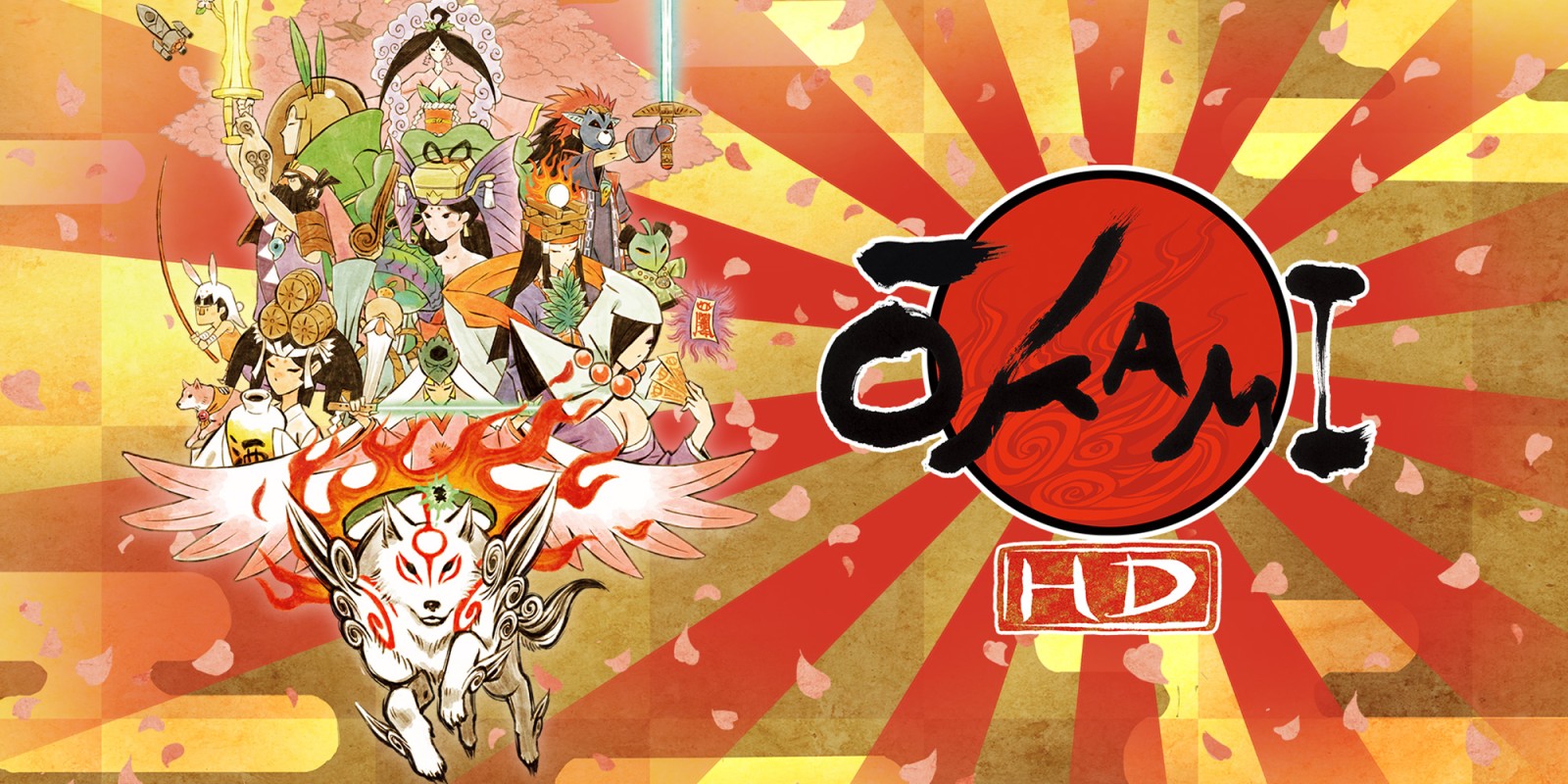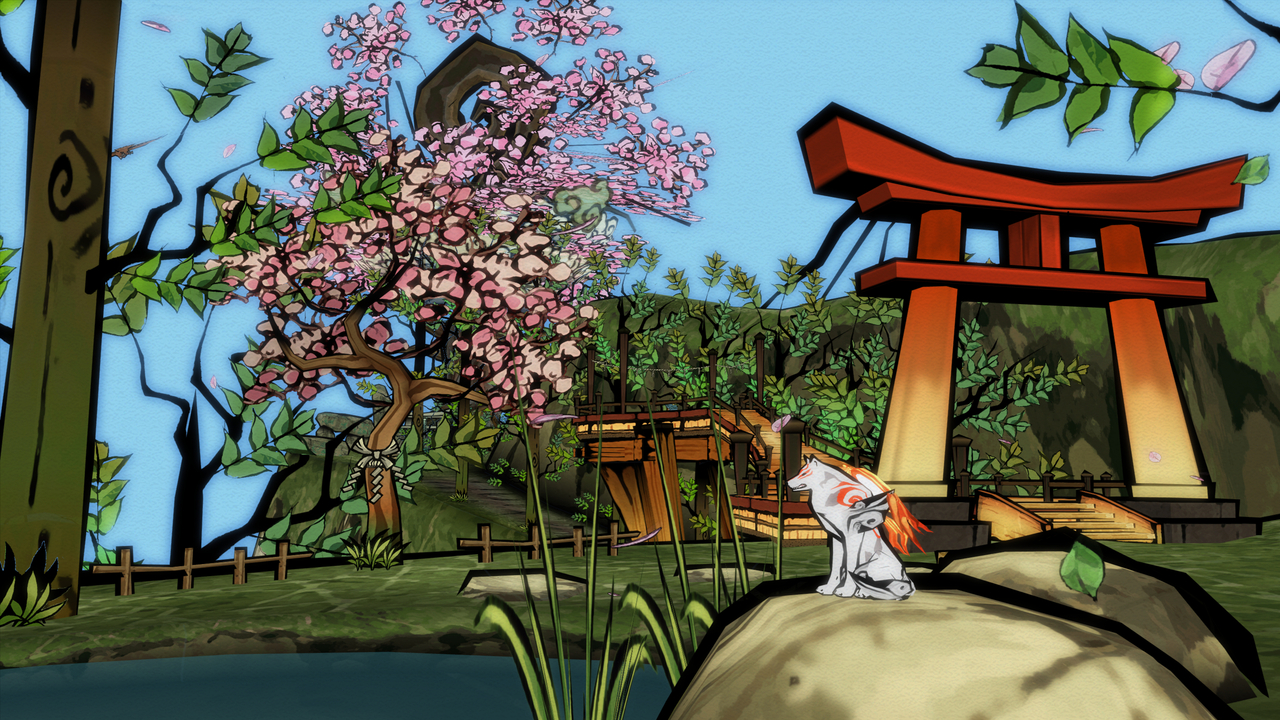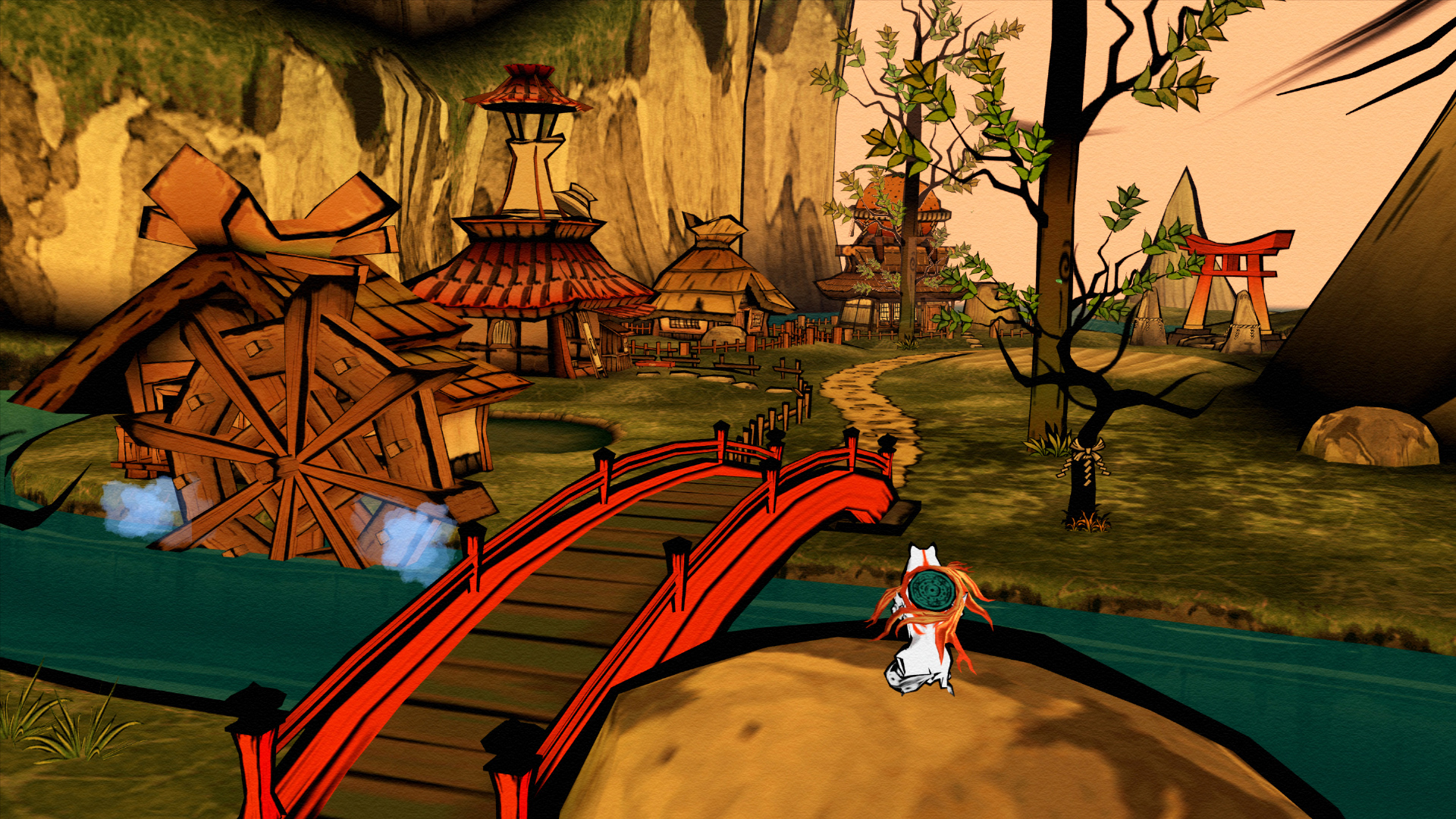Project Inkbrush
Note: Full Game Planned for Later Development - Demo Version Released
Project Inkbrush (working title) is a 2D platformer game with the art style of a traditional East Asian painting, and made in Unity. The demo was developed in three months as part of the University of Washington Computer Science & Software Engineering capstone requirement, as well as the Lake Washington Institute of Technology Applied Design capstone requirement. The poster received the “Best Poster” award out of all projects presented at the Spring 2021 Capstone Colloquium at University of Washington Bothell.
Game
Screenshots
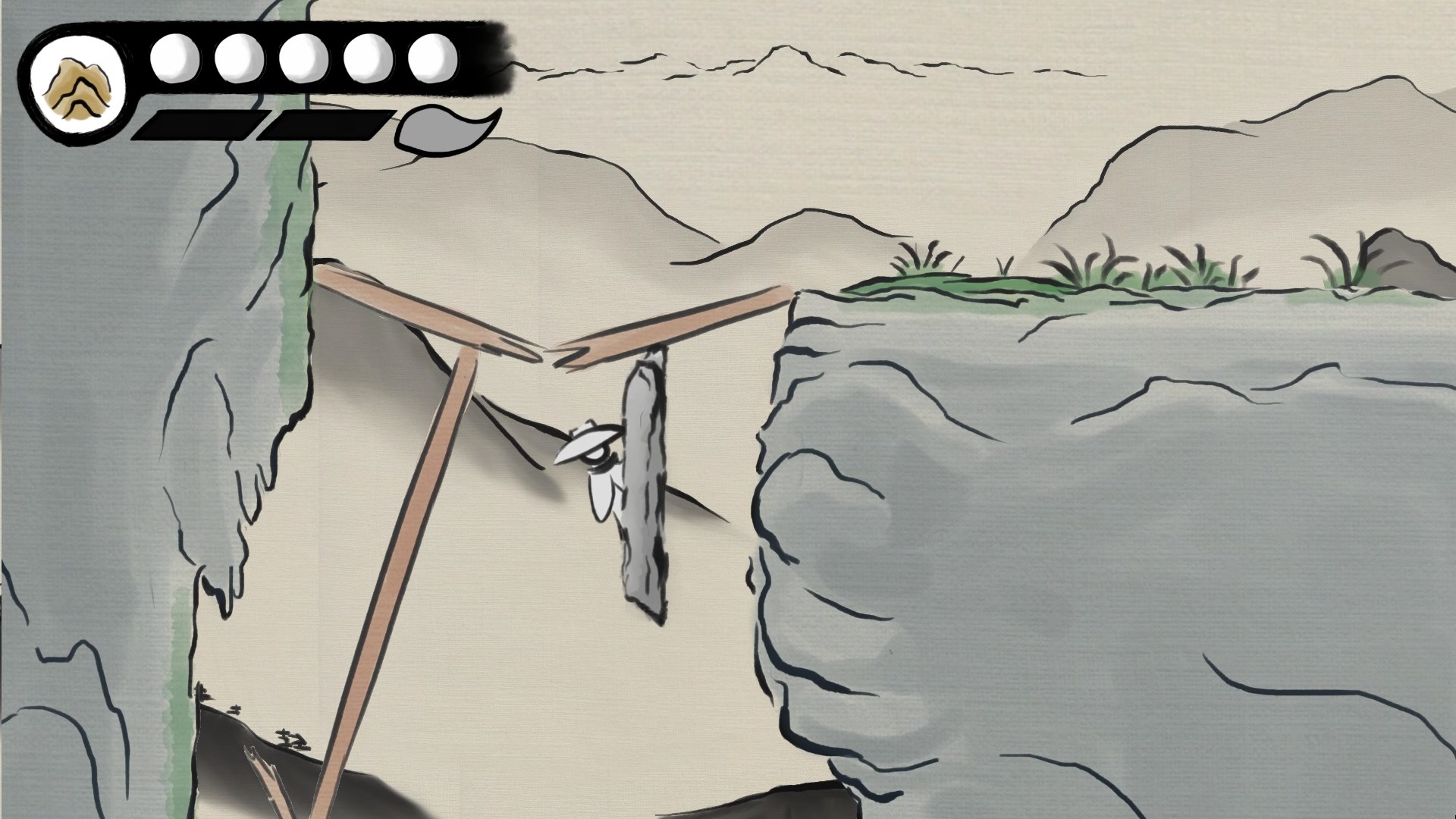
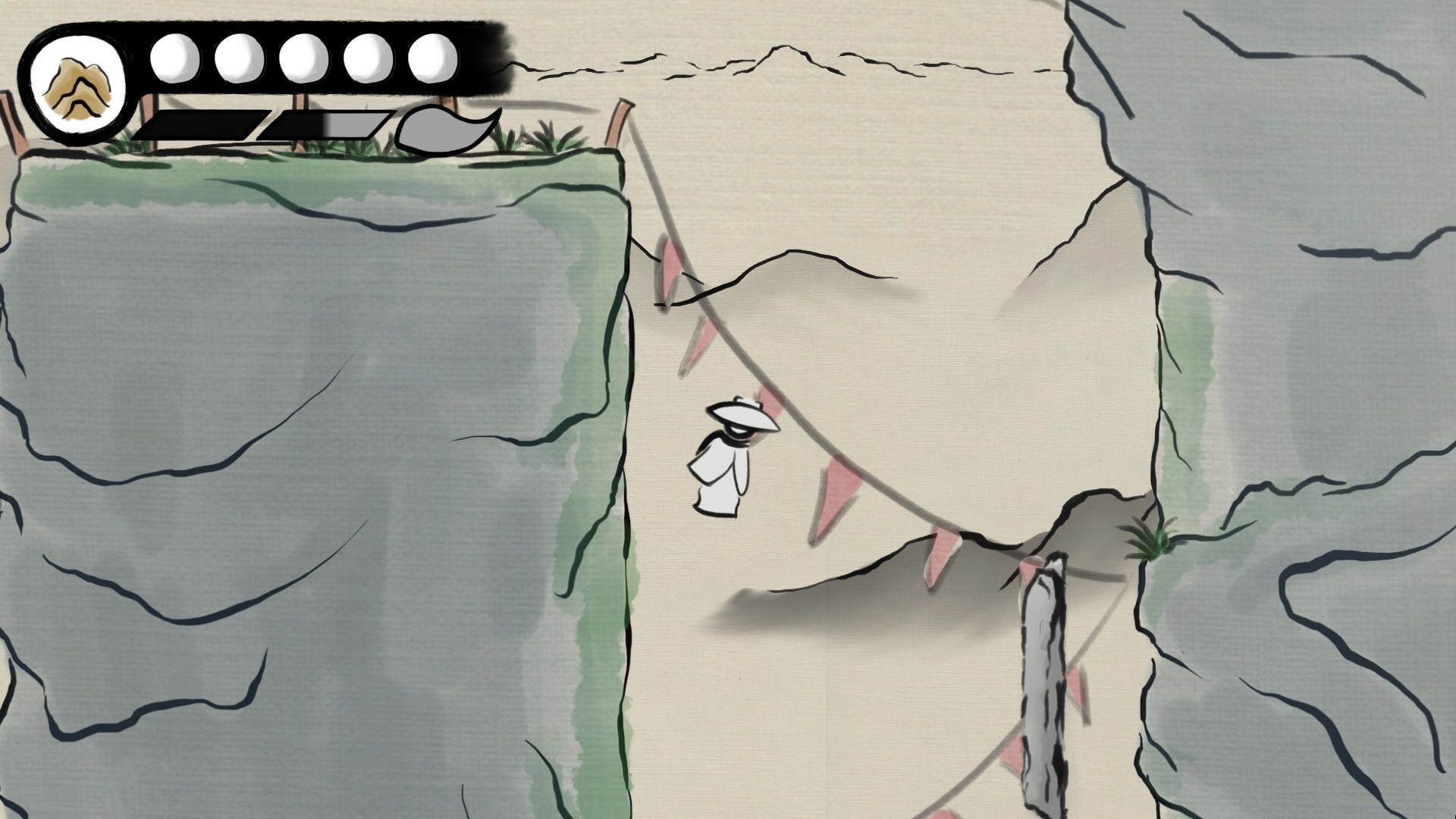
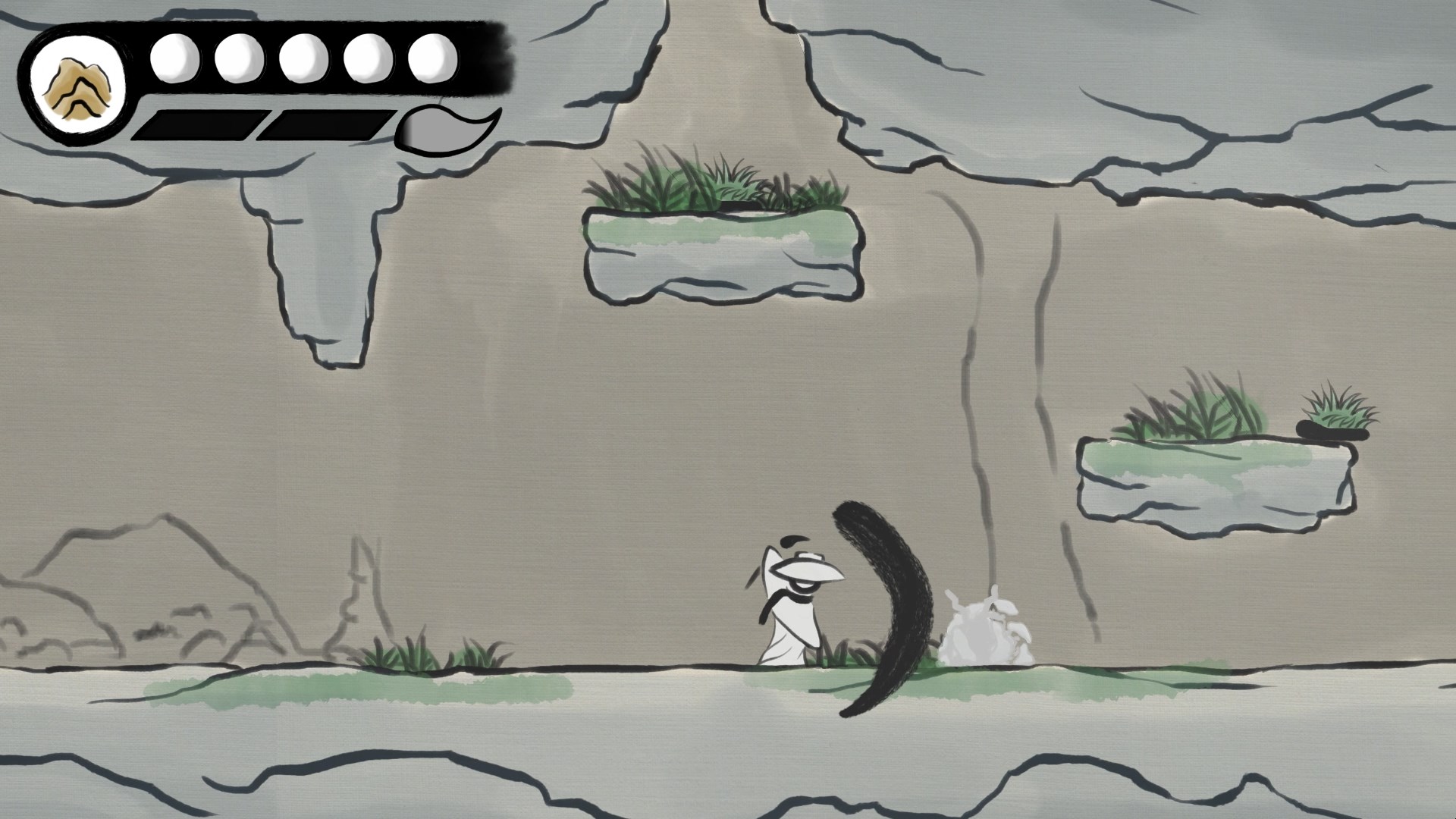

Poster
Best Poster - Spring 2021 Capstone Colloquium - University of Washington Bothell

Presentation
Abstract
Project Inkbrush is an individual game development project developed by Sean Miles in the Unity game engine in partnership with Patrick Siew, an applied design student at Lake Washington Institute of Technology. My role in the project was general development of the game, including, but not limited to, programming, gameplay design, level design, and UI design, with the artwork for the game being Patrick’s responsibility. With this project, I experienced the challenges of game development, similar to that of a workplace environment within my desired field, especially when within a constrained time frame and the pressure to meet deadlines.
My goal with the project was to learn about the process of game development in a manner closely resembling that of an actual workplace environment, while developing a passion project of mine into a “quality prototype” for the capstone, with hopeful future potential as a commercial product as a full game. However, with my goals would also come challenges. Patrick and I had worked together before on other various projects and game jams, however, not on a project of this scale with a constrained amount of time. Furthermore, with this project, I was taking responsibility for multiple fields of game development, most of which I had little to no experience with, besides programming.
To overcome these challenges, I applied my programming skills acquired from previous classes and narrowed the scope of the game down to functionality, with time for polish afterwards, and set milestones and requirements to be accomplished by specific dates. Moreover, in finishing the game, Patrick and I stayed in close communication to ensure that we were meeting milestones and on schedule. This reinforced the importance of communication when developing any projects, as well as the significance of setting milestones with deadlines, similar to sprints in a workplace environment. After the conclusion of the quarter, we accomplished enough progress to create a standalone game - a “quality prototype” of our original idea, as planned.
As a result of this project, I was able to gain a new understanding of the cycle of game development, the importance of playtesting, the significance of communication when it comes to collaboration, and the intricacies of the various roles and subfields within game development. In addition, I gained first-hand experience putting the game development cycle of prototyping, playtesting, iterating and refining, and repeating, into action. In future projects, this experience will prove vastly beneficial in developing games in collaborative and workplace environments in my desired field of game development.
Inspiration
Hollow Knight
Gameplay Concept Inspiration
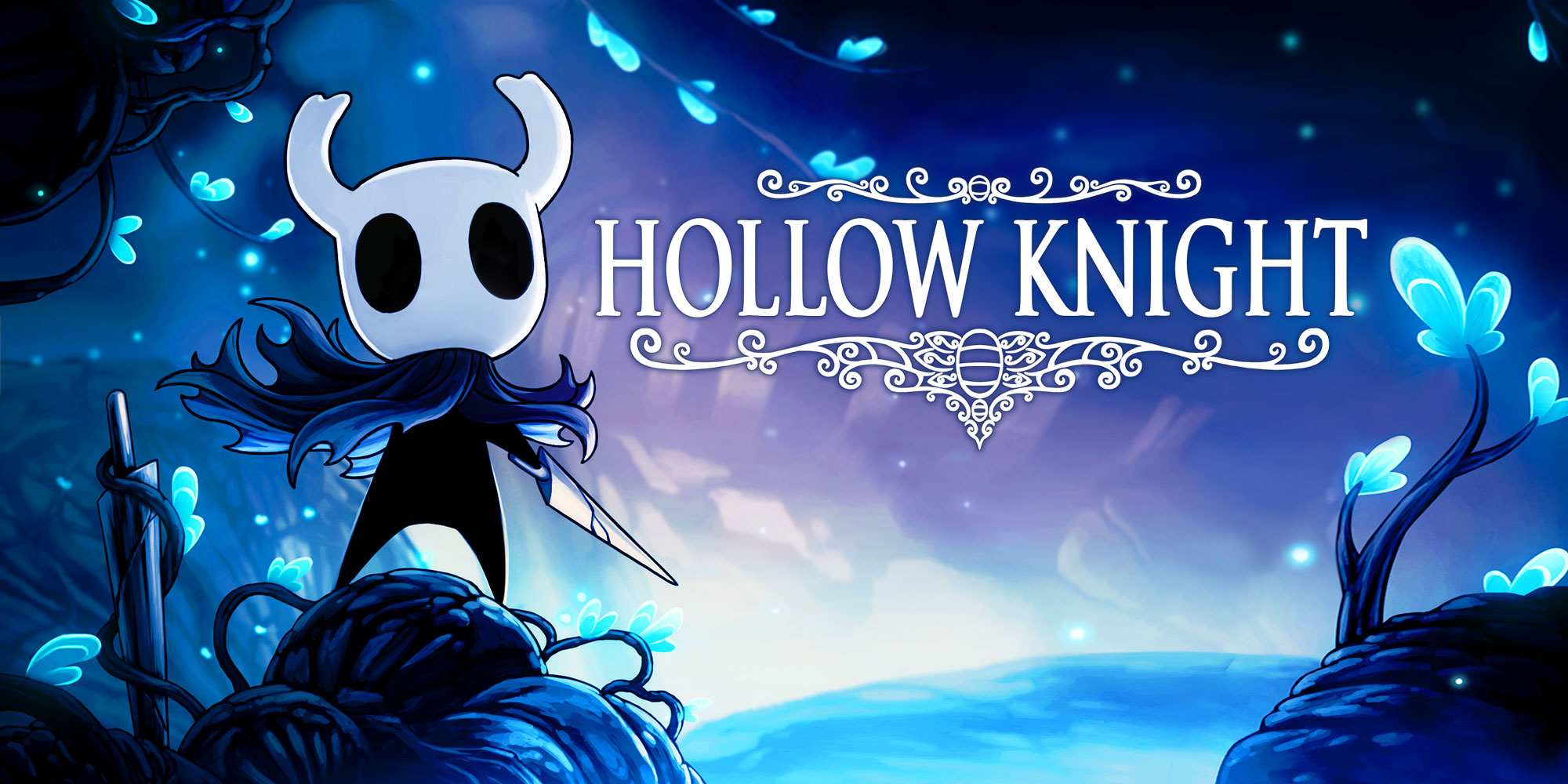
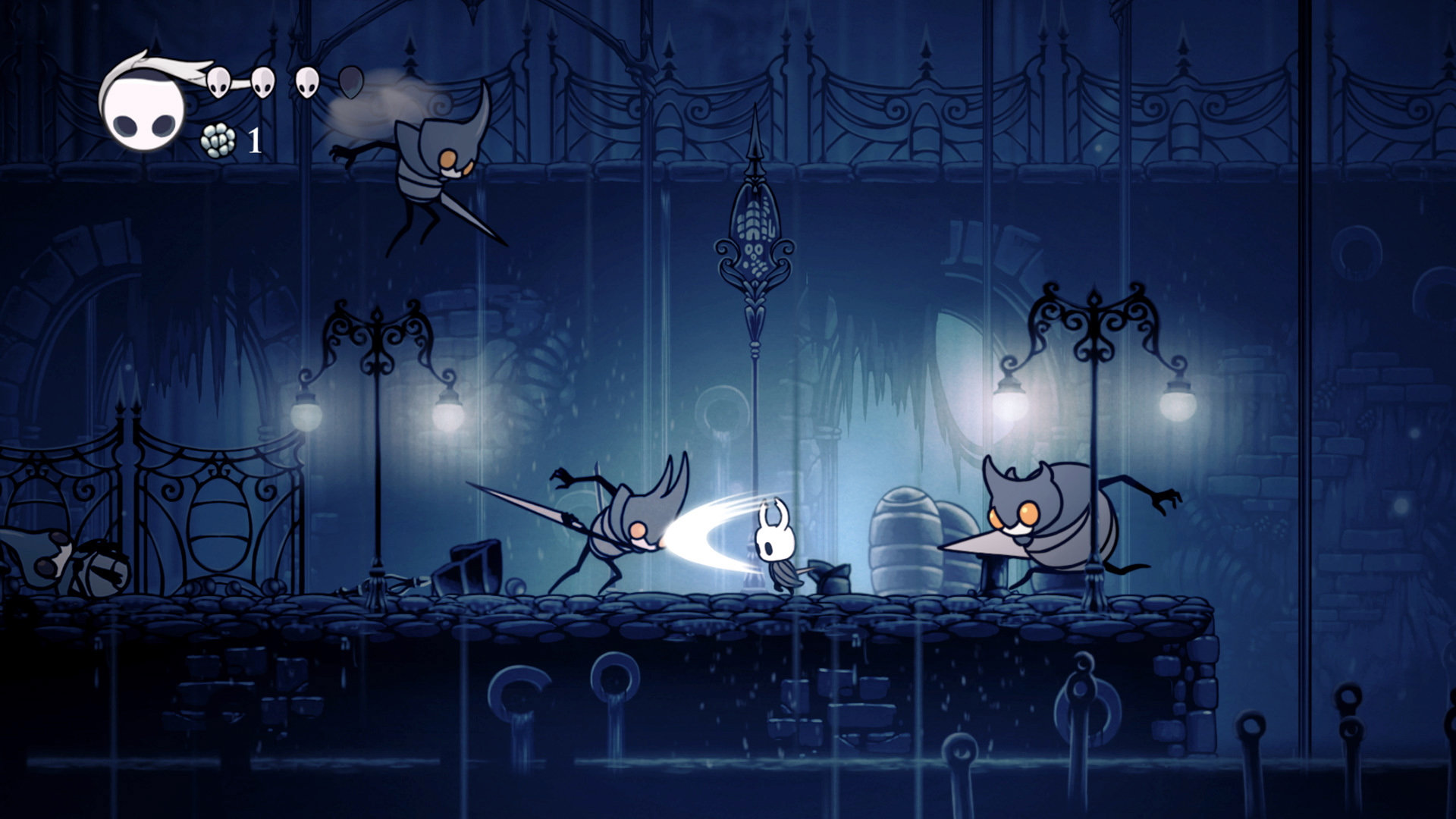
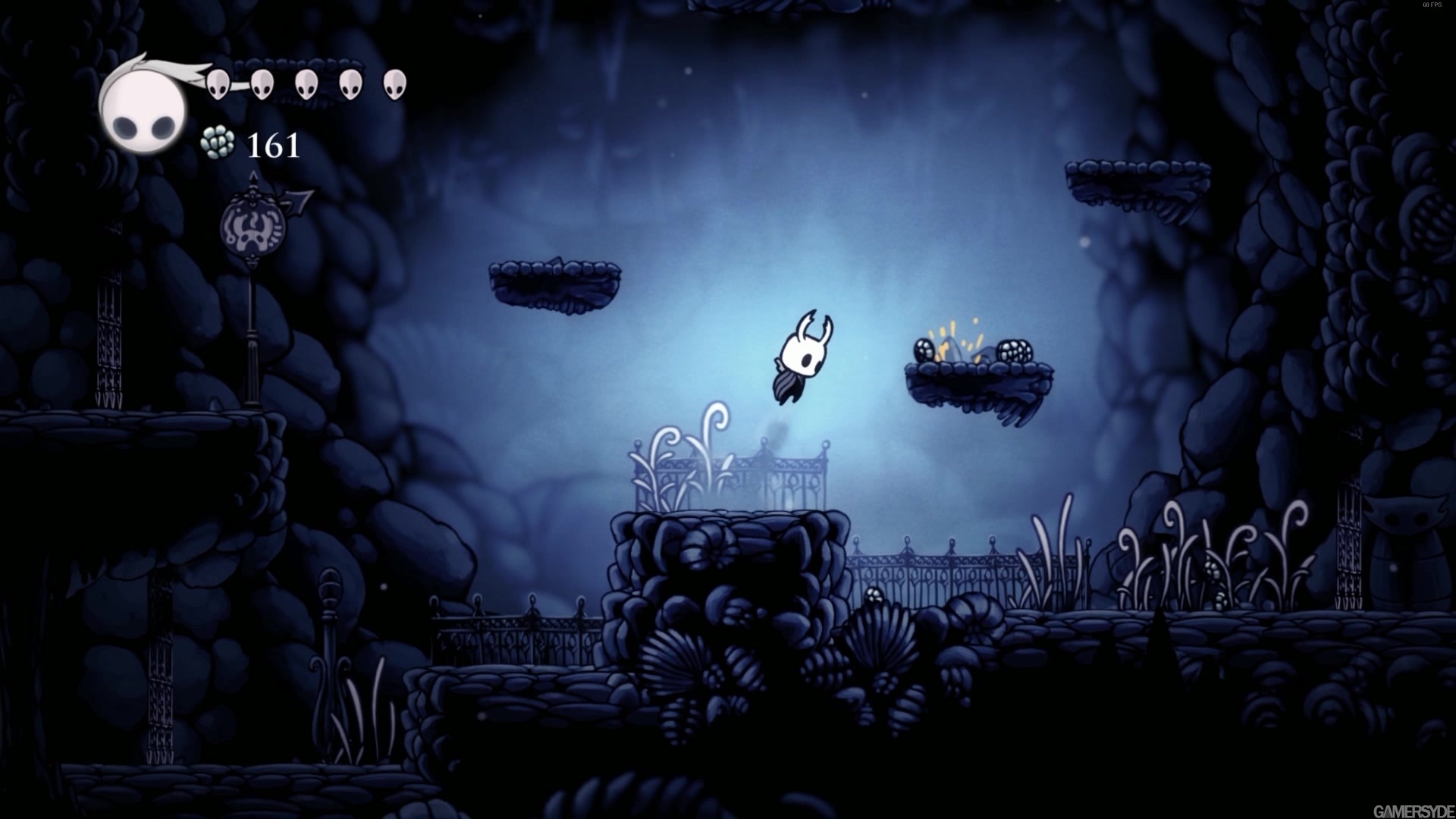
Celeste
Gameplay Concept Inspiration

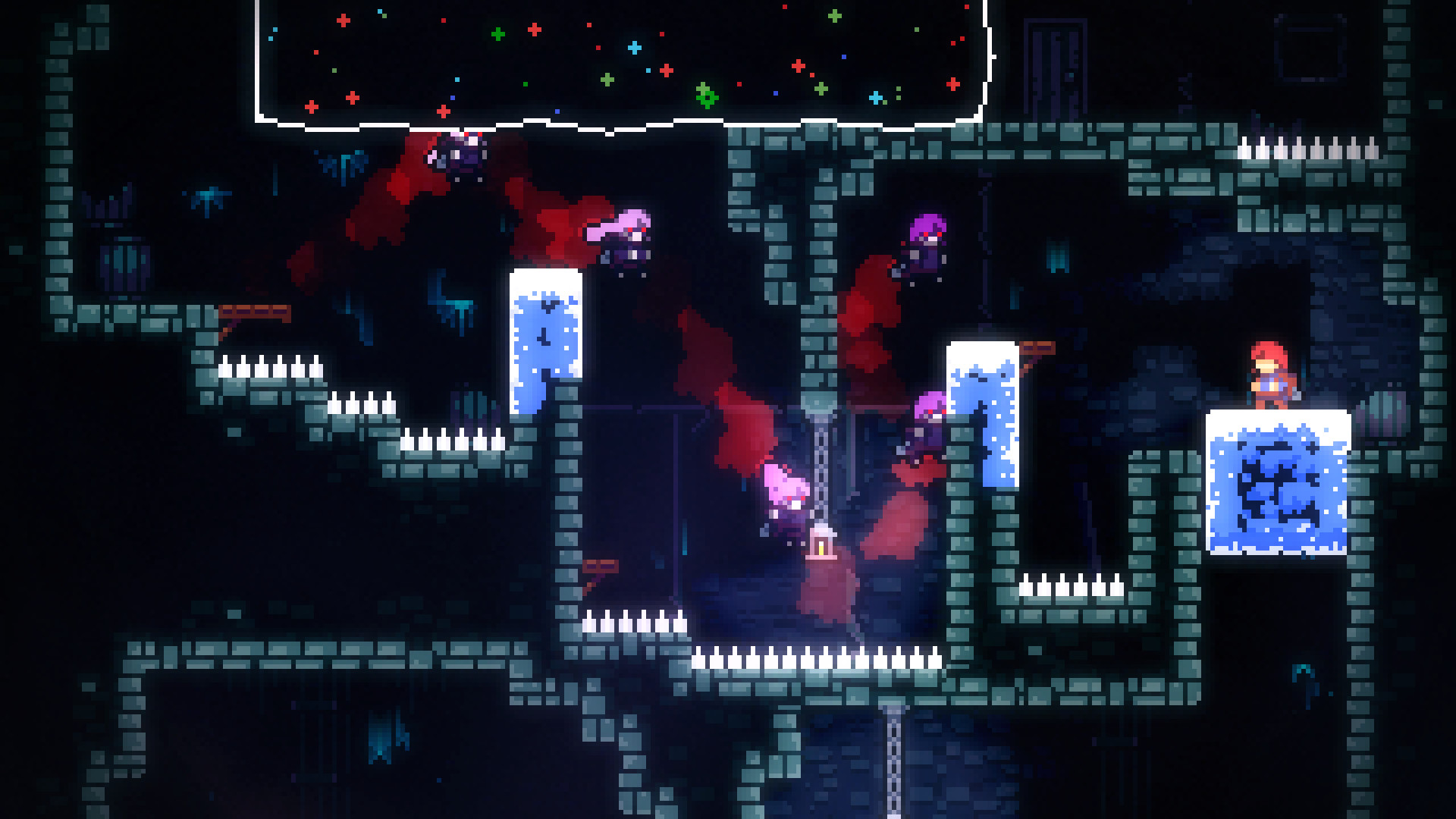
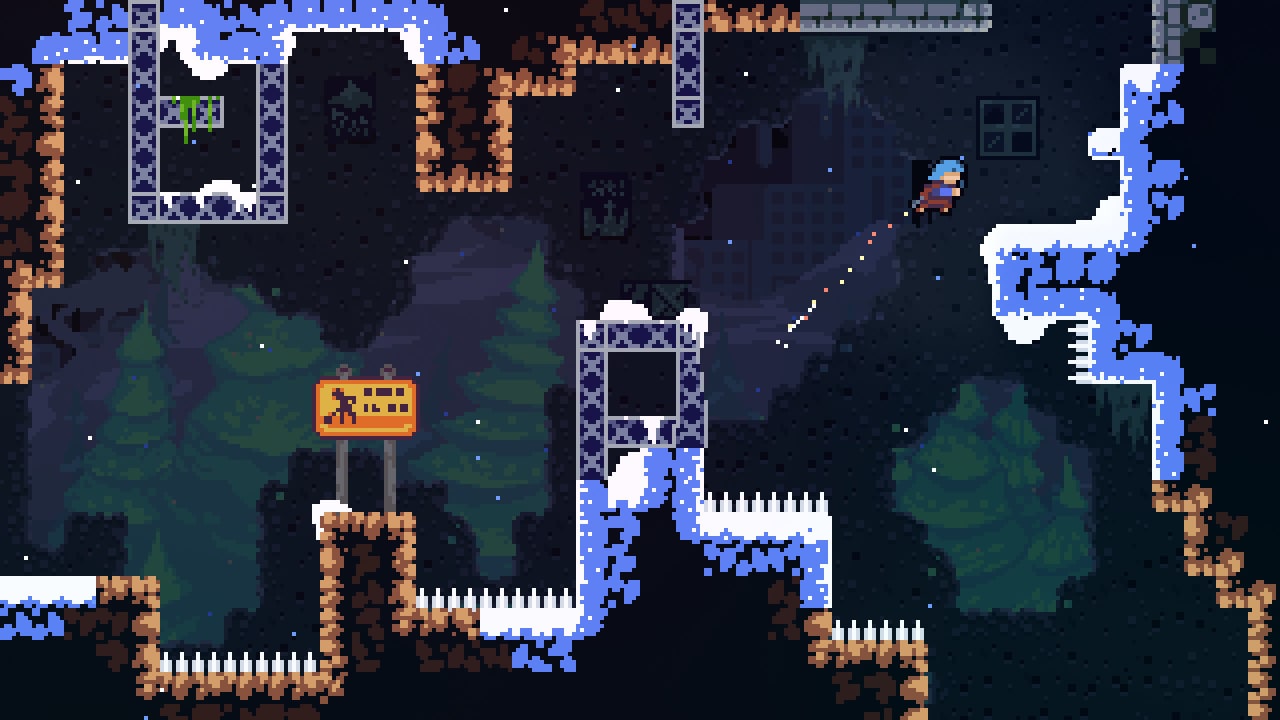
Okami
Visual Concept Inspiration
